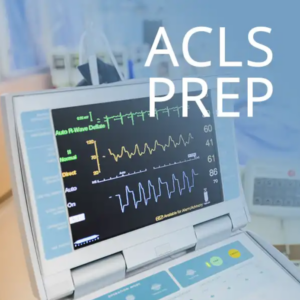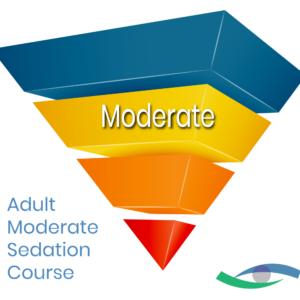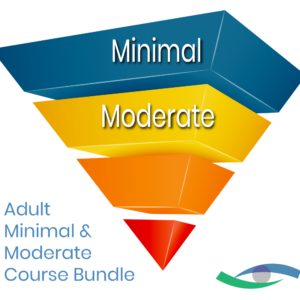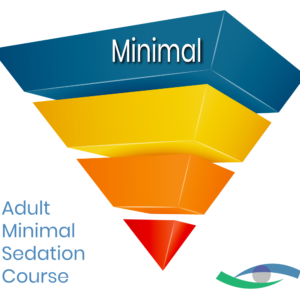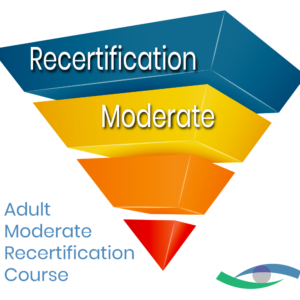Tips for Explaining Sedation to Patients and Families
If you’ve recently started offering sedation at your medical or dental practice, you’ve taken an important step to stand out in a crowded market. With this new offering comes the responsibility to communicate clearly and effectively with your patients and their families. This guide will help you explain sedation in simple, understandable terms.
Explaining Sedation Levels and Methods
Sedation involves using medication to relax a patient during medical procedures. It is distinct from general anesthesia and can be tailored to various levels of consciousness. It’s important to convey this in simple terms to ensure patient comfort, safety, and understanding.
Sedation Levels
- Minimal sedation is when patients remain awake and responsive but feel calm and less anxious.
- Moderate sedation, also known as conscious sedation, is when patients are drowsy, relaxed, and can follow instructions but may have limited memory of the procedure.
- Deep sedation is when patients are asleep and may not respond to stimuli but are not fully unconscious.
Administration Methods
- Intravenous or IV sedation is delivered through a vein for precise minimal, moderate, or deep sedation.
- Oral sedation can be used to relax very anxious patients, but it’s less common because it’s slower to act and challenging to dose accurately.
- Inhalation of nitrous oxide or laughing gas is suitable in specific circumstances.
The sedation level and administration method are chosen based on the procedure, patient health, and anxiety level.
Sedation vs. General Anesthesia
Patients often confuse sedation with general anesthesia. Sedation relaxes to varying degrees of awareness without rendering the patient fully unconscious. As a result, patients recover faster from sedation and often return home the same day. Also, sedation typically does not necessitate breathing support, while general anesthesia requires advanced monitoring and post-procedure observation.
Benefits and Risks of Sedation
Patients are naturally curious about the pros and cons of sedation. Highlight the following points:
Benefits
- Sedation is quick-acting and adjustable to the patient’s needs.
- It reduces anxiety and discomfort during the procedure.
- Sedation has fewer risks than general anesthesia.
- It enables same-day discharge in most cases.
Risks
- Breathing difficulties may occur, especially under deep sedation, but they are manageable with proper monitoring.
- Blood pressure drops are a risk, but they are easily treated by trained professionals.
- Post-procedure effects may include temporary unsteadiness, memory issues, and altered judgment for up to 24 hours.
- Rare complications may include nausea or allergic reactions to the sedative.
Reassure patients that these risks are minimal when sedation is administered by your practice’s qualified professionals.
Tailoring the Discussion to Your Audience
Your approach to explaining sedation depends on who you’re speaking to. For patients, use clear, simple language. For example, “Sedation will help you relax and stay comfortable without making you fully unconscious.” Also, address concerns like waking up during the procedure or experiencing pain. You can alleviate these fears by explaining the role of continuous monitoring.
When speaking to families and caregivers, emphasize safety. Families often worry about sedation risks, so share how your practice’s trained professionals oversee every step. Then, emphasize the importance of supervising the patient for 24 hours after discharge.
Preparing Patients for Sedation
Pre-procedure preparation promotes patient safety and procedural success. Provide patients with detailed instructions, such as:
- No eating or drinking for six hours before sedation, and only clear fluids up to two hours prior.
- Adjust your diabetes medication or other prescriptions leading up to the procedure.
- Arrange to have someone drive you home and stay with you overnight.
Post-Sedation Care
Patients and families should know what to expect after sedation. Encourage them to ask questions and provide written materials for reference. During a pre-sedation consultation, convey the following:
- You may need to restrict your medication, diet, and activity temporarily after the procedure.
- It’s normal to feel groggy when coming out of sedation. You may need assistance walking out of the office and should have someone drive you home.
- If you live alone, have a friend or family member stay with you for 24 hours.
Addressing Common Questions
Patients and families often have similar concerns. Be ready to answer the following questions:
- “Will I feel pain?” Reassure the patient that sedation promotes comfort and relaxation.
- “How long will I take to recover?” Most patients feel normal by the next day, possibly sooner if minimal sedation is used.
- “What if I’m afraid of needles?” Offer alternatives like oral sedation or topical anesthetics to ease anxiety around IV placement.
Contact The National Sedation Center
Clear communication helps patients and their families approach sedation with confidence. If you need your sedation certification or continuing education credit, turn to The National Sedation Center. Our instructor-led programs are geared toward non-anesthesia healthcare professionals and focus on developing essential airway management skills. Contact us today to learn more about our adult sedation courses and the benefits of NSC certification.


